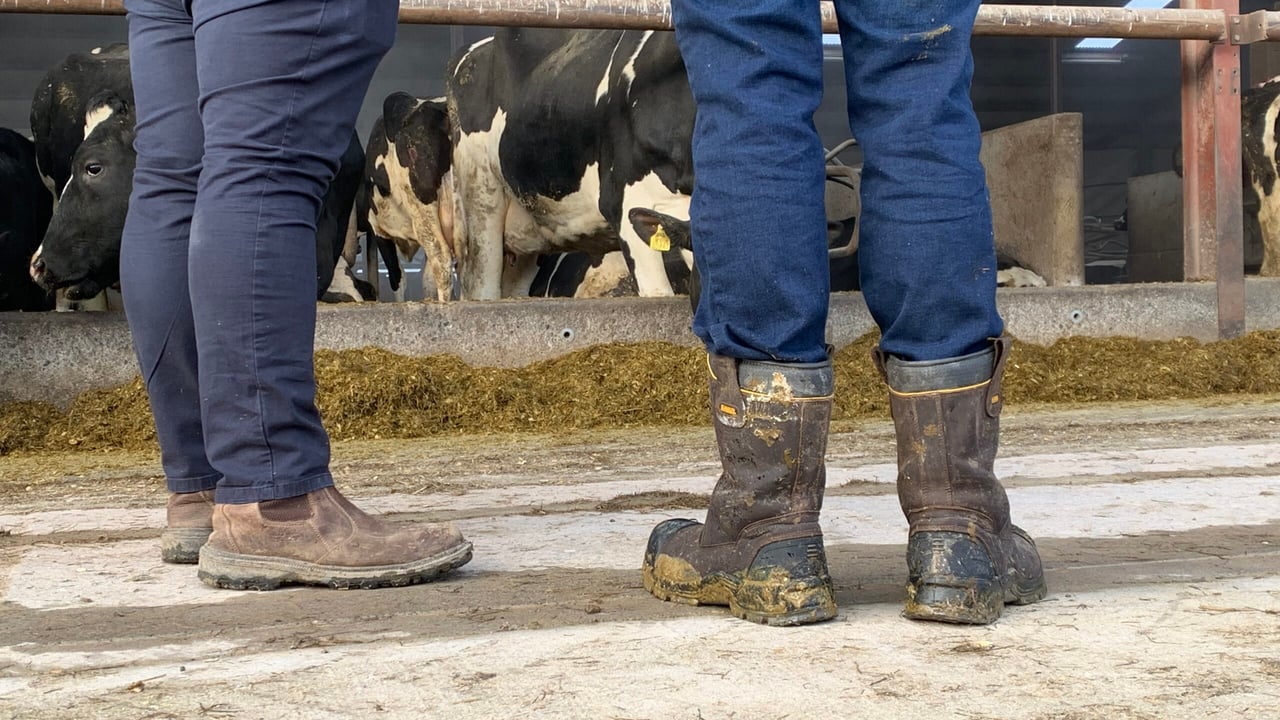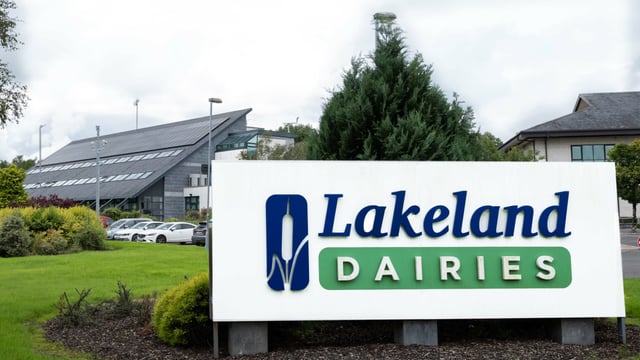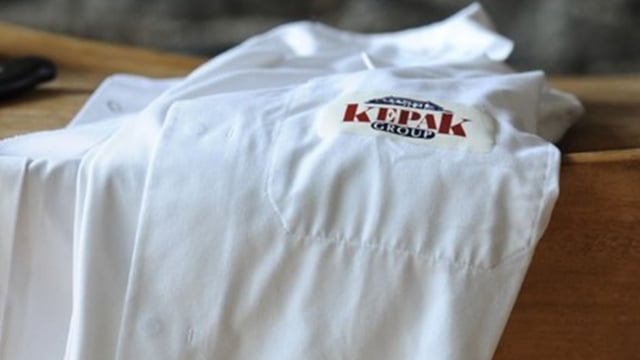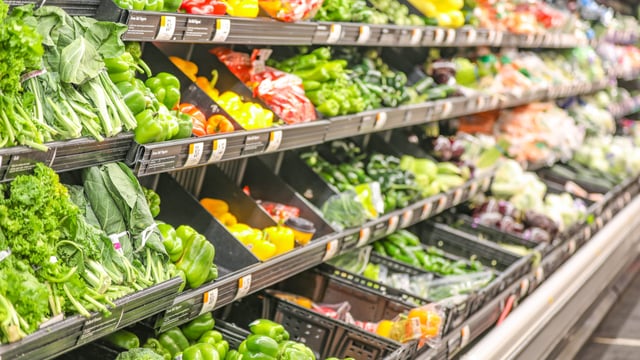Dairy household vulnerability at highest rate in at least 10 years
The household vulnerability of dairy farms in 2023 was at the highest rate since Teagasc started recording such data in 2013, a new report from the research and advisory body shows.
Teagasc has released its annual sustainability report focusing on the year 2023. The report derives farm performance indicators from the Teagasc National Farm Survey (NFS).
The report tracks the progress of Irish dairy, cattle, sheep and tillage farms in improving their economic, environmental and social sustainability.
Under the social sustainability heading, 22% of dairy farms were regarded as experiencing household vulnerability in 2023, a large increase on the 4% in 2022, and, according to Teagasc director Prof. Frank O' Mara, the highest figure since the first report of this type for the year 2013.
This figures reflects the poorer economic performance of dairy farms in 2023, compared to 2022, with gross output per hectare falling to €4,456/ha last year (down from €6,223/ha the year before).
The gross margin per hectare also decreased on dairy farms, at €2,209/ha in 2023 compared to €3,666/ha in 2022.
Overall family farm income per hectare also struggled on dairy farms, falling from €2,451/ha in 2022 to only €750/ha last year.
Only 52% of dairy farms could have been classed as 'viable' in 2023, compared to 93% in 2022.
Apart from the stark household vulnerability figure, other markers on dairy farming social sustainability - farmer isolation, age profile, hours worked, and level of education - remained fairly stable.
On environmental sustainability, there was slight improvement on some metrics, with carbon dioxide equivalent (CO2eq) per hectare decreasing from 9.8t CO2eq/ha to 9.5t CO2eq/ha last year.
Decreases were also noted for ammonia (NH3) emissions per hectare (48.8kg NH3/ha in 2023) and nitrogen (N) balance (N inputs less N outputs) in terms of kilograms per hectare (147.2kg N balance per hectare in 2023).
The N balance for dairy farms was the lowest figure recorded in the report's 10-year history.
Despite some decreases, the emissions markers for dairy farming are considerably higher than for other sectors.
Figures for cattle farming were somewhat more stable across most metrics.
Gross output per hectare increased very slightly from €1,725/ha in 2022 to €1,767/ha in 2023, while gross margin per hectare saw an increase from €754/ha in 2022 to €1,011/ha in 2023.
Family farm income per hectare fell from €372/ha in 2022 to €348/ha last year, and the number of cattle farms deemed viable decreased from 27% to 22% year-on-year.
On the basis of these economic sustainability figures, household vulnerability of cattle farms was stable at 32%, while the rate of isolation for cattle farmers was at 16% in 2023, roughly the same as the previous year.
Figures for age profile, hours worked, and level of education were also stable.
Environmental indicators for cattle farming also saw fairly slight changes.
Cattle farms saw an emissions figure of 4.5t CO2eq/ha in 2023, a slight increase on the 4.4t CO2eq/ha in 2022.
Ammonia emissions, meanwhile, increased from 21.1kg NH3/ha to 22kg NH3/ha year-on-year.
The N balance for cattle farms was 46.6kgN/ha in 2023, also a slight increase on the 2022 figure of 46.3kgN/ha.
The report also illustrates the continuing adoption of actions to address environmental emissions, particularly by dairy farmers. For example, in 2023, 38% of slurry on cattle farms and 81% on dairy farms was spread using low-emissions slurry spreading (LESS) equipment.
Further progress was also made by dairy farms in 2023 in increasing the use of lower emission chemical fertilisers, with 27% of the nitrogen applied in 2023 on dairy farms in the form of protected urea. However, its use on drystock farms remains low at between 3% to 6% of total chemical N applied.











